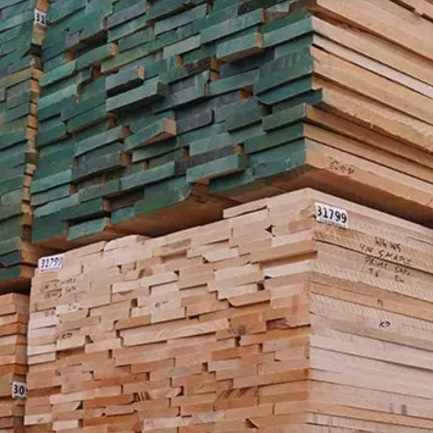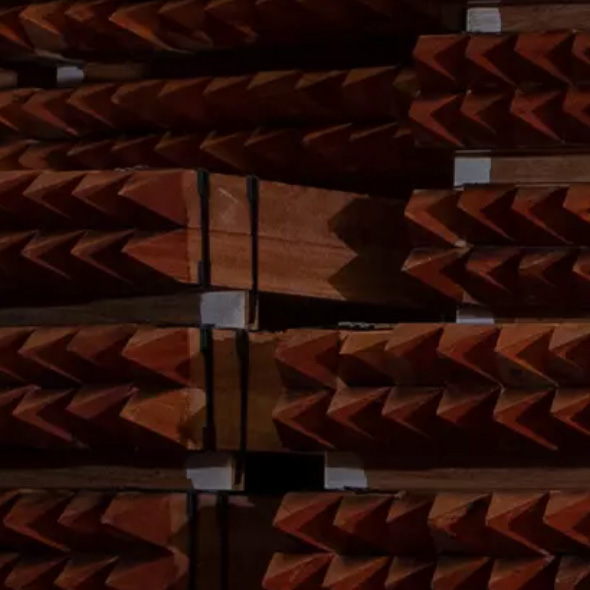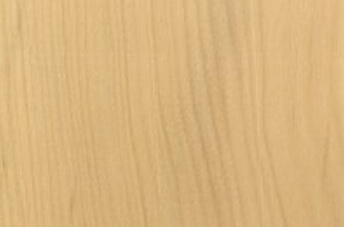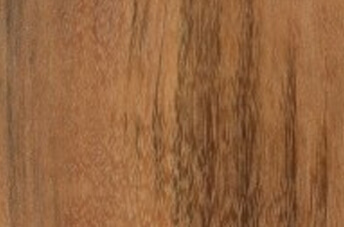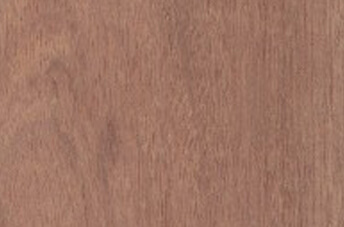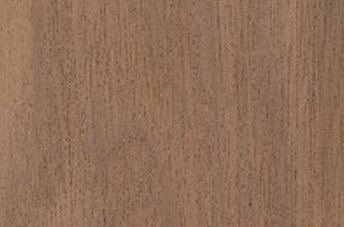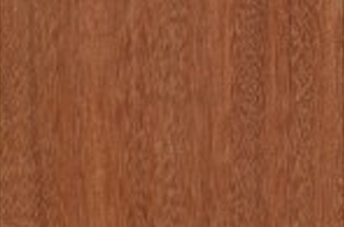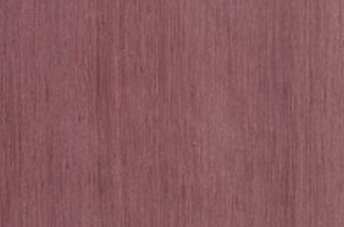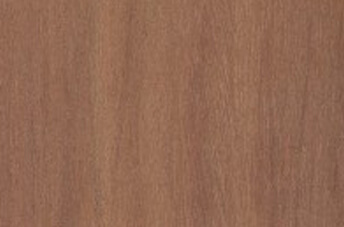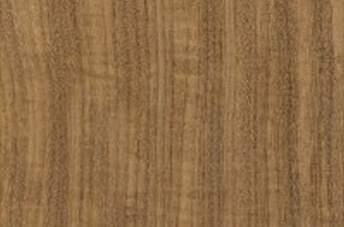

EXOTIC HARDWOODS
We house a large selection of sustainable exotic hardwoods and provide our customers with the best hardwood timber the world offers.
Tropical Forest Products always provides timely shipments, competitive prices, and an outstanding experience.
WE’RE THE EXOTIC HARDWOOD EXPERTS YOUR BUSINESS HAS BEEN WAITING FOR
Slabs range
from 24” to 50” wide
and 6’ to 14’ long
Lumber is available in
quarter-sawn, plain-sawn,
and Euro cuts
Sustainably-sourced
all around the world
OVER 20 exotic HARDWOOD SPECIES
Find the detailed info in each product

GO A
CUT ABOVE
Discover Black Label, Our Handpicked Premium Exotic Hardwood Collection For Decking, Cladding, And More.
GET A FREE QUOTE ON EXOTIC HARDWOODS
Tropical Forest Products is the fastest-growing lumber distributor in North America and can supply you with any of your needs. No order too big for us.
How can we help you?
GET A FREE QUOTE ON DOMESTIC HARDWOODS
Tropical Forest Products is the fastest-growing lumber distributor in North America and can supply you with any of your needs. No order too big for us.
How can we help you?
GO DEEP IN WHAT YOU CAN BUILD
WITH OUR EXOTIC HARDWOODS
- OUR LOCATIONS
- CONTACT US
- SIGN UP
Stay informed about the latest offers, products and sales
- FIND US
- CONTACT US
- SIGN UP


